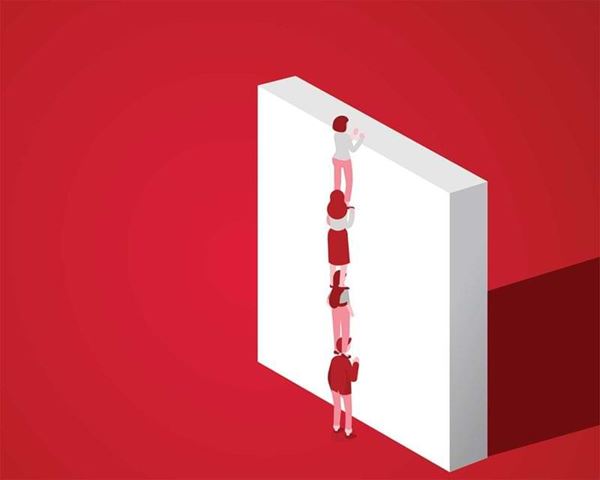Is Broken Heart Syndrome Real?

When your heart breaks … literally
When you think of a broken heart, you may picture a cartoon drawing with a jagged line through it. But a real-life broken heart can lead to cardiac issues. Depression, mental health and heart disease are connected. Read on for more information about how an extremely stressful event can have an impact on your heart.
Breakdown of a broken heart
Broken heart syndrome, also called stress-induced cardiomyopathy or takotsubo cardiomyopathy, can strike even if you’re healthy. (Takotsubo are octopus traps that resemble the pot-like shape of the stricken heart.)
Women are more likely than men to experience sudden, intense chest pain — thought to be a reaction to a surge of stress hormones — that can be caused by an emotionally or physically stressful event. It could be the death of a loved one or a divorce, breakup or physical separation, betrayal or romantic rejection. It could even happen after a good shock, such as winning the lottery.
Broken heart syndrome may be misdiagnosed as a heart attack because the symptoms and test results are similar. Tests show dramatic changes in rhythm and blood substances that are typical of a heart attack. But unlike a heart attack, there’s no evidence of blocked heart arteries.
In broken heart syndrome, a part of your heart temporarily enlarges and doesn’t pump well, while the rest of your heart functions normally or with even more forceful contractions. Researchers continue to learn more about the causes, and how to diagnose and treat it.
The bad news: Broken heart syndrome can lead to severe, short-term heart muscle failure. In rare cases, it can be fatal.
The good news: Broken heart syndrome is usually treatable. Most people who experience it make a full recovery within weeks, and they’re at low risk for it happening again.
What to look for: Signs and symptoms
The most common signs and symptoms of broken heart syndrome are angina (chest pain) and shortness of breath. You can experience these things even if you have no history of heart disease.
Arrhythmias (abnormal heartbeats) or cardiogenic shock also may occur with broken heart syndrome. Cardiogenic shock is a condition in which a suddenly weakened heart can’t pump enough blood to meet the body’s needs, and it can be fatal if it isn’t treated right away.
Heart attack and broken heart syndrome: What’s the difference?
Some signs and symptoms of broken heart syndrome differ from those of heart attack. In broken heart syndrome, symptoms occur suddenly after extreme emotional or physical stress. Some other differences:
- Blood tests show no signs of heart damage.
- An angiogram shows no signs of blockages in the coronary arteries.
- Tests show ballooning and unusual movement of the lower left heart chamber (left ventricle).
- Recovery time is usually within days or a few weeks, compared with the recovery time of over a month for a heart attack.
Learn more about broken heart syndrome
If your health care professional thinks you have broken heart syndrome, you may need coronary angiography, a test that uses dye and special X-rays to show the inside of your coronary arteries. Other diagnostic tests are blood tests, EKG, echocardiography (a painless test that uses sound waves to create moving pictures of your heart) and cardiac MRI.
To keep tabs on your heart health, your health care professional may recommend an echo about a month after you’re diagnosed with the syndrome. Ask how often you should schedule follow-up visits.






